Growth of marine protected areas (MPAs) means boaters must think ahead, says Wave International
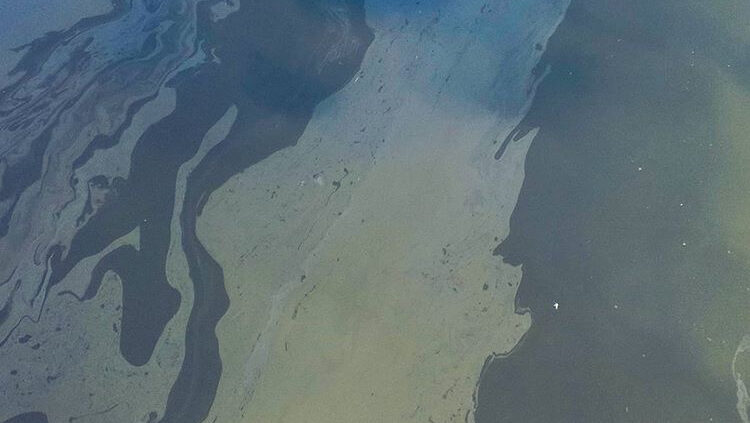 Blueshine on water
Blueshine on water
Marine Protected Areas (MPAs) are all over the world. Each of them can have different criteria for what boaters can – and can’t – do within them . . . and different structures of fines and penalties for those who break the rules. It’s up to the boat owner to understand the differing regulations in each, and with more and more springing up (there are 377 around the UK alone), sailors need to be prepared.
The regulations are centred around protecting the marine environment, from things like bilge and waste water to microplastics, while also protecting the sea-bed. They build on general regs already in place for even the smallest of boats (see discharge legislation at end).
“In some MPAs this may mean no access at all for boats, for others it will be banning certain types of fishing or mooring in protected areas. For some, such as the Galapagos, it will include requirements concerning discharges overboard, which are set to 5ppm oil water,” explains Wave International’s Paul Gullett.
To avoid any illegal waste incidents occurring, and to be prepared for what comes next as MPAs expand, Gullett says leisure owners should be seriously looking at what’s happening with regulations around commercial fleets. He advocates adopting the standards already established in that sector for leisure boats. That way, he says, it’ll take owners very little effort or cost to know that their discharge will fall into MPAs’ frameworks.

“The establishment of MPAs and the varying rules within each area puts the onus on the boater to discover for themselves what they need to adhere to within the MPA,” says Gullett (pictured). “The easiest thing to do is to fit a bilge filter system which ensures that no pollutants are discharged overboard.” That means, if a yacht strays into an MPA, it’s prepared.
MPAs’ rules vary – boat owners need to understand them
MPAs are created by governments and international bodies to protect the habitats, species and processes essential for healthy, functioning marine ecosystems. For example, last year (2024), the Azores declared it was designating around 30 per cent of its marine environment as a marine park. In 2021 the Portuguese government expanded an MPA around the Selvagens Islands.
The largest MPA is currently in Australia and at the moment there are around 377 similar areas around the UK, protecting 38 per cent of the British sea areas.
But, even without the spread of MPAs, Gullett is a keen advocate for boat owners to take responsibility for their waste now.
He’s been calling for tightened legislation for the unregulated marine leisure sector about overboard discharge, especially with grey water, for years and says that – shockingly – in parts of the Med many of the flotilla fleets still empty black water when just a few miles offshore.
While it’s well known that boaters can already protect the environment with the products on offer, Gullett notes: “Although we are noticing an increased awareness from the younger generation of boat owners of the damage being done, unfortunately, unless there is legislation, people will rarely willingly adopt good habits.
“In an ideal world, of course the sailor would always act in the best interest of the environment and take responsibility themselves, without needing legislation to force such action. However we don’t live in an ideal world, and in many cases, boaters won’t take action until there is legislation that forces them to do so.”
Outside pressure on boat owners to behave responsibly
But now with the burgeoning number of MPAs and with pressure rising from outside the marine sector, that time might be closer.
“Maybe David Attenborough’s focus now on the oceans might be the tipping point?” he says.
In early May David Attenborough’s latest missive, Ocean, released in cinemas. That includes a sequence where the camera follows a bottom trawl, where nets are dragged with a metal beam across the seabed to catch fish. The contraption bulldozes all in its path and scoops up species indiscriminately.
While this kind of footage helps build awareness about protecting the oceans among wider populations, boat owners are generally aware (even if some are still to act in any significant way) of what they need to do.
As Gullett acknowledges, many boaters care deeply about the environment.
“It’s easy to see and do the ‘big’ things – recycling, avoiding single use plastics, using eco-friendly products on board, looking to reduce use of fossil fuels, maximising solar power and green energy.
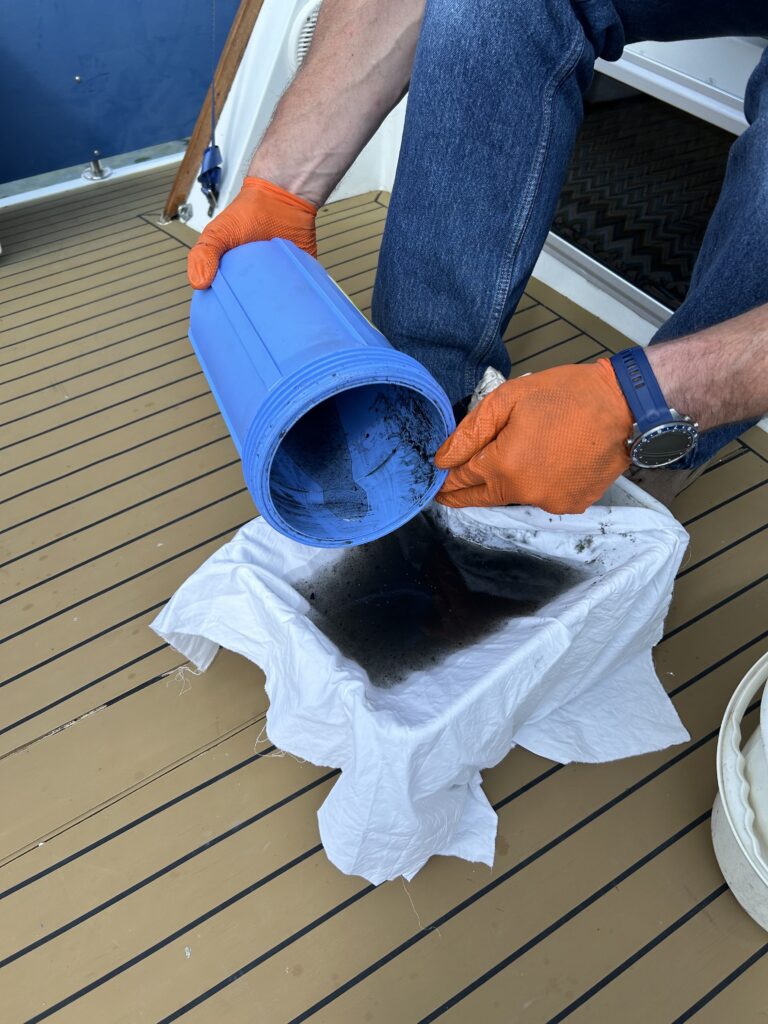
“But boaters also need to be aware of the pollution created by their vessel, simply when pumping dirty or polluted water overboard, which also often contains microfibres and microplastics shed from fabrics, ropes and other amounts of detritus from the bilge.”
Smart money is on those preparing for marine restrictions
Thus, he says, the smart money is on the companies/yachts/people who see scientific/protected areas are growing and are preparing for the increase in restrictions.
As more and more governments take steps to protect the environment, getting a boat up-to-scratch now is a great investment.
“Look holistically at your boat, from how you store black water for pump out, through to whether you can save space and weight by removing a grey water holding tank and installing a Wavebrite grey water filter system instead,” Gullett advises as he can’t help himself advocating for his company’s products.
“Just think about trying not to put anything that causes pollution over the side of your boat. You wouldn’t chuck plastic wrapping overboard would you? Microplastics arguable cause more pollution as they get ingested by sealife, often fish, which ends up in the food chain. Just because it’s micro and you can’t see it easily, it’s still there even in bilge water.”
Microplastics hotspots around the globe
Those microplastics are often flushed out with the boat discharge – without owners even realising. In December 2024, research conducted by the Ocean Race 2022-23 highlighted that three of the world’s five major hotspots for marine microplastic pollution are in European waters. Samples were taken from various regions, including the Atlantic Ocean, the Southern and Pacific Oceans, and European seas.
“There is no doubt that marine plastic is having a devastating effect,” Richard Brisius, race chairman said at the time. “Microplastics have been found in species throughout the ocean, from plankton to whales, and we are consuming them ourselves in our food.”
But the Ocean Race findings weren’t exactly news. It was just more data on top of old data. Back in 2018, MIN reported that microplastic particles had been found in the oceans close to Antarctica during the Volvo Ocean Race and other hotspots were identified in 2020.
Read the latest news about the devastating impact of plastic on the oceans
Boat discharge: black, grey and bilge
There’re three obvious types of discharge, Gullett explains. Black water is generally sewage; grey water is used water often from the hotel services on board (showers, sinks, galley); and bilge water which captures anything washed down from onboard into the bilges (as well as contamination from the engine and everything below deck).
“Black water is the easiest to deal with – yachts have holding tanks, and many areas now prohibit the emptying of black water tanks while out at sea.
“Shockingly many of the flotilla fleets around Greece still open these when a few miles offshore.
“But again, this varies by country and luckily more areas are requiring receipts from marinas to prove a vessel has legally and correctly had its black water tanks emptied.
“Grey water is, well, a grey area. Some vessels also have grey water holding tanks which need to be properly emptied.
“But for many leisure yachts grey water is also directly discharged overboard.”
Gullett is shocked by that practice.
“Grey water will include chemicals and phosphates which are proven to be terrible for the environment. Boaters may believe they aren’t creating pollution by using eco-friendly washing up liquids, soaps, shampoos etc, but that doesn’t stop all the other pollutants, such as sun tan creams, hair products, makeup, and even the tiny microfibres from plastics within your clothes, towels etc getting washed down into grey water.”
(A recent UK research study underpins Gullett’s points. It outlined significant gaps in the understanding of how sunscreen may affect marine ecosystems. The UV filters in sunscreen can enter the marine environment directly through swimming or other water-based recreational activities but also indirectly — for example, by washing towels that have been used to dry sunscreen-coated skin, washing off residue during showering, and even in urine.)

“Finally there’s bilge water. The easiest discharge to see is ‘blue sheen’ on the water which comes from microscopic drops of oil or diesel. This often occurs at refuelling points, but also comes from the bilge water as, generally, bilges get pretty dirty over time.
“In addition, discharged bilge water will include chemicals and phosphates, microplastics and microfibres and even scraps of paint which end up in the bilge water, and get pumped overboard.”
The image is of the foreign objects extracted from bilge water.
Wave International’s ahead of the microplastic curve
Wave International markets itself as at the forefront of filter technology, developing multi-media filters with its sister company AFL.
Gullett says these are highly sophisticated. “The multi-media filters will capture all pollutants, right down to 5ppm,” he notes. “We’re also working more closely with OEMs and some of the world’s leading boatbuilders to get Wave products integrated within the build process.
“The Wavebrite SMART, for example, is a grey water filter system, which comprises four filters contained within a single unit, so it can be easily installed as a compact, single unit. It has a separate digital display which gives detailed information – for example on the amount of water being used onboard, the flow rate, and also the amount of pollutants being extracted and when the filters need changing.
“We have worked with a number of OEMs and some leading naval architects to ensure the size, shape and design of the Wavebrite SMART meets their needs.”
Legislation applies to even the smallest boat
MARPOL Annex I is the legislative standard for the discharge of oil in water and is set at 15 parts per million. In some areas, such as Marine Protected Areas and in some Sites of Special Scientific Interest, this is reduced to 5ppm. Over 170 countries have adopted this convention, including the United States, for all boats, including the very smallest,
Yachts and ships that are over 400 gross tons or more, and all oil tankers of 150 gross tons or more, are required to have an IMO certified filtration/separation system.
Vessels under 400 GT are not required to fit an IMO system but legally should not discharge over the 15/5ppm levels.
Visible oil (sheen) discharged from any vessel is illegal.
The good news is that with more MPAs being introduced, there are now more areas of the oceans being protected by the 5ppm regulations than before.
The company is a keen advocate of cleaning up the seas and works with a variety of projects.
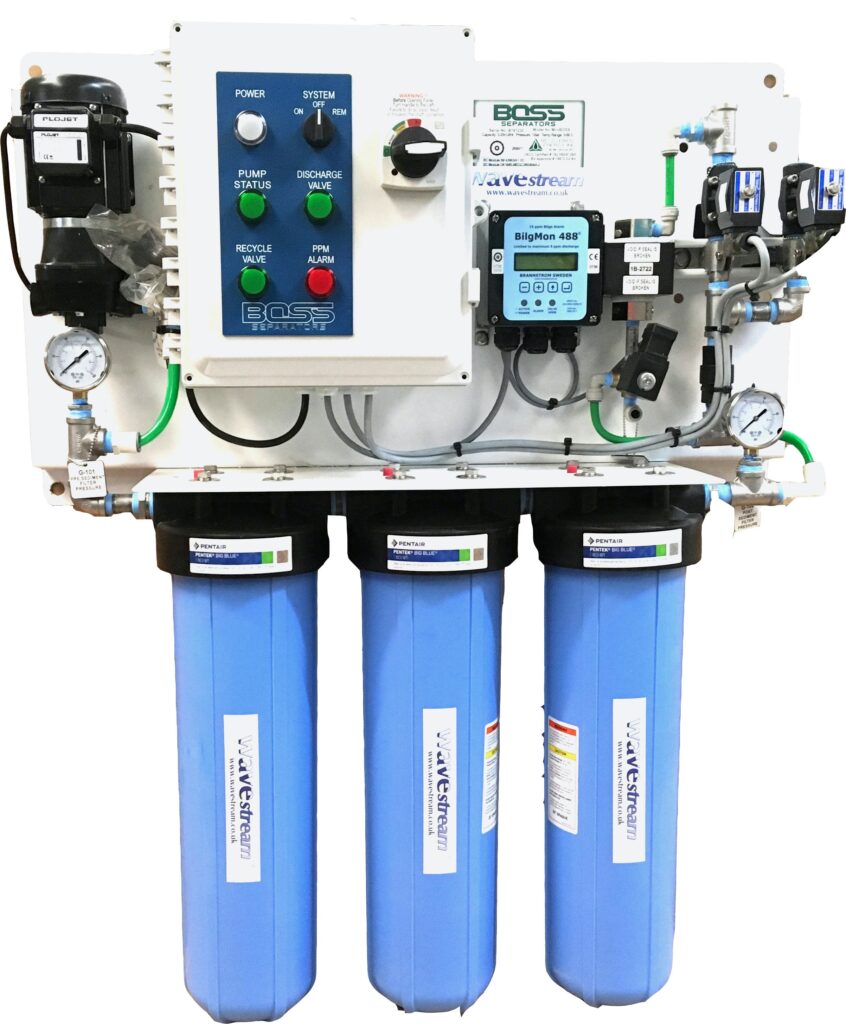
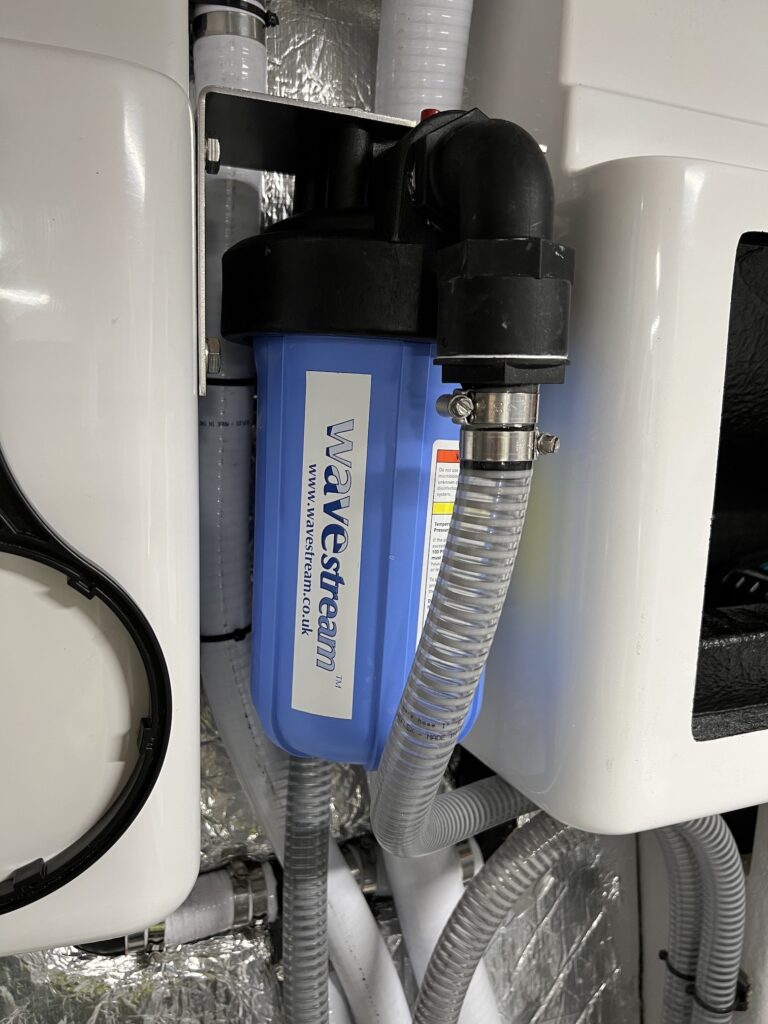



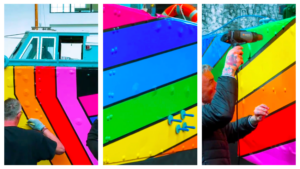
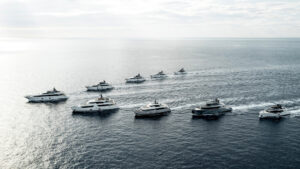
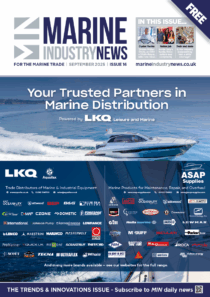
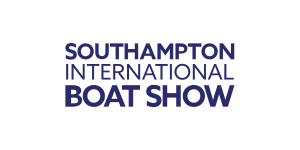
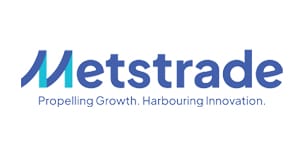



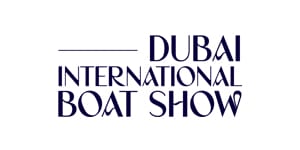

Tyoical low quality article. Lots of weasel words about how boat operators need to prepare for an increase in the number of MPAs and a figure that there are 377 around the UK alone.
Wouldn’t it have been more responsible journalism to include a map showing the locations of these MPAs in order to help boat users prepare?